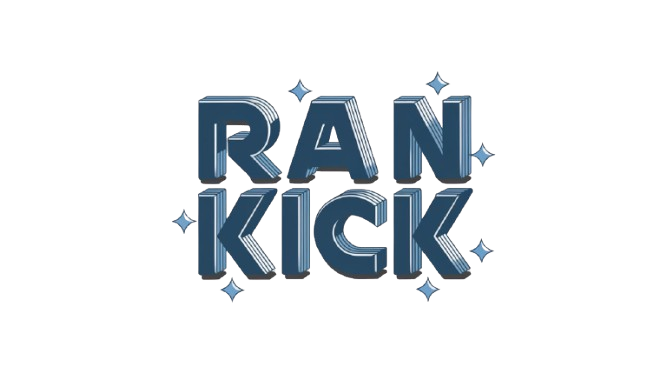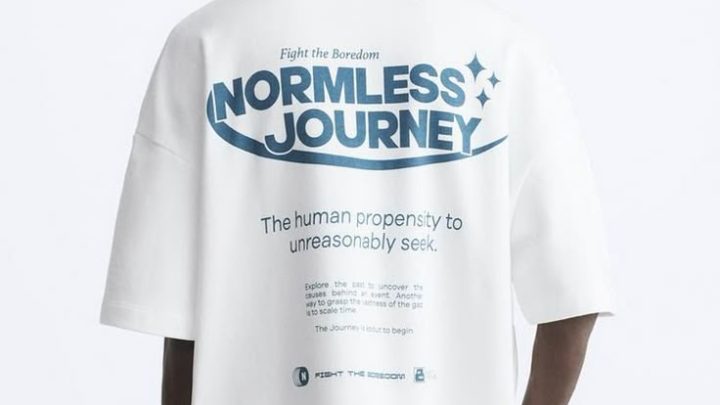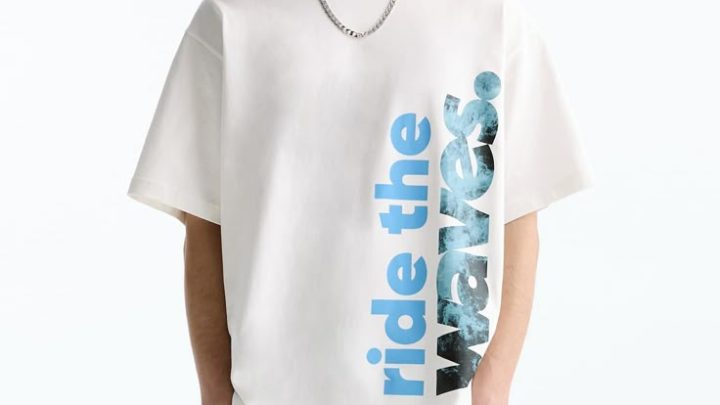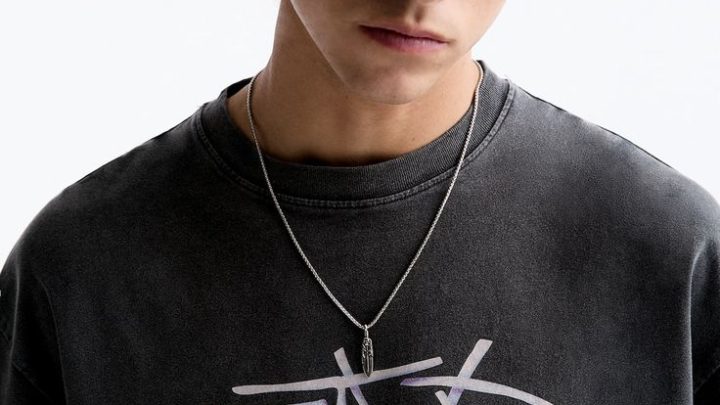T-Shirts in the Metaverse: How Virtual Fashion Is Changing the Game
The digital revolution has transformed many aspects of human life, from communication to commerce, and now, fashion. The emergence of the metaverse has created a new realm for designers, brands, and consumers, allowing them to explore fashion in a purely digital space. Among the most notable transformations is the rise of virtual T-shirts, which have…



